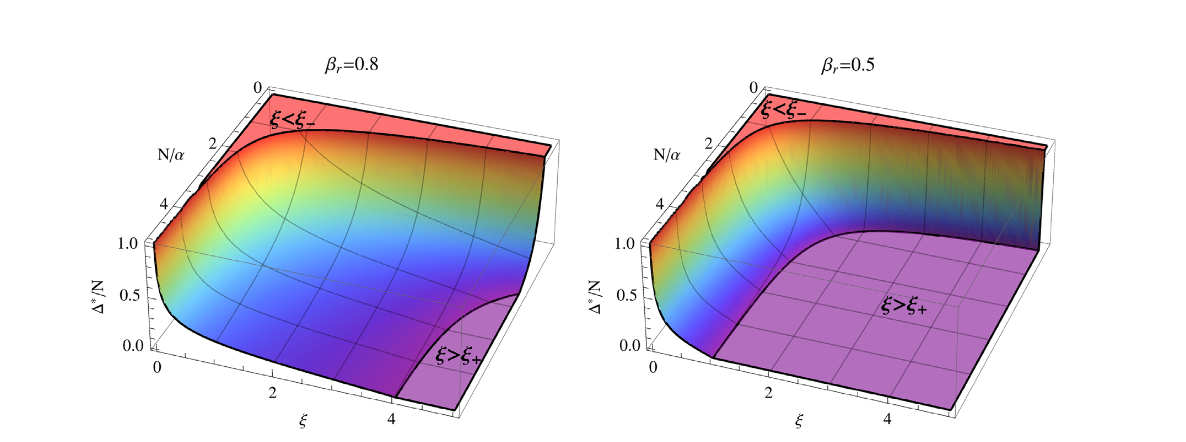
Julius Bonart and Martin Gould of Imperial College London published an Article in Quantitative Finance (April 2017) using LOBSTER data titled Latency and Liquidity Provision in a Limit Order Book. Abstract:
We use a recent, high-quality data set from Nasdaq to perform an empirical analysis of order flow in a limit order book (LOB) before and after the arrival of a market order. For each of the stocks that we study, we identify a sequence of distinct phases across which the net flow of orders differs considerably. We note some of our results are consist with the widely reported phenomenon of stimulated refill, but that others are not. We therefore propose alternative mechanical and strategic motivations for the behaviour that we observe. Based on our findings, we argue that strategic liquidity providers consider both adverse selection and expected waiting costs when deciding how to act.
http://dx.doi.org/10.1080/14697688.2017.1296177
Read the working paper version here.

